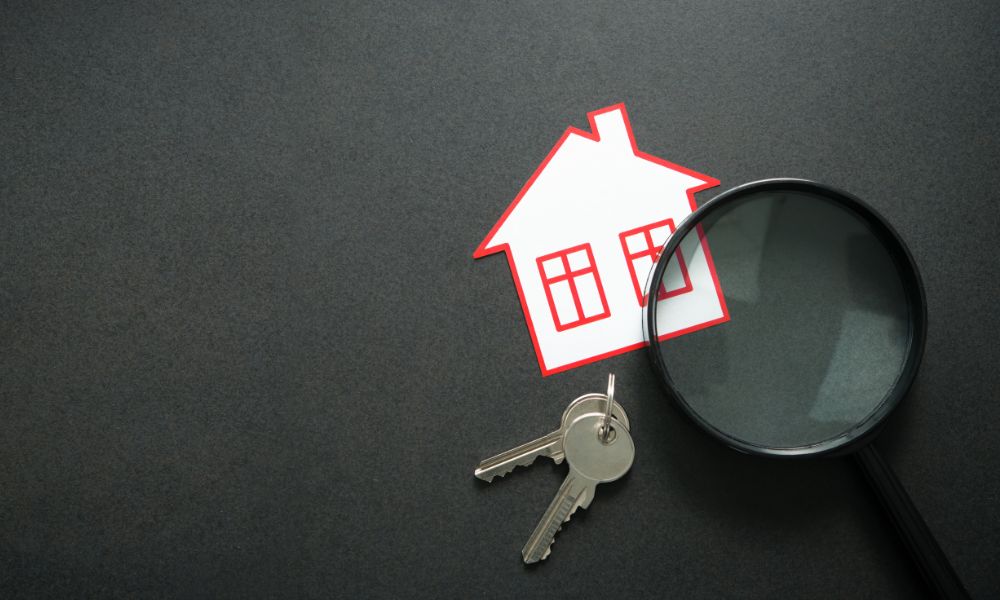Investing in real estate can be an exciting way to build wealth, but finding the right financing can feel overwhelming, especially if you’re new to the process. Understanding what type of loan is best for investment property is crucial to getting started on the right foot.
Investment property loans are different from standard home loans because they’re specifically designed to help you purchase rental properties that can generate income over time. These loans often come with different requirements and terms, so choosing wisely based on your financial goals and capabilities is essential.
Securing the right loan for your rental property can significantly impact your monthly payments and long-term returns. A smart loan choice means better terms, lower costs, and improved cash flow, ultimately affecting your overall ROI. The key to successful real estate investing is ensuring that your rental property’s income exceeds your expenses, including loan payments and maintenance costs.
Types of Loans for Investment Properties
Investing in rental properties often starts with understanding the different financing options available.
Conventional Mortgages: Conventional loans are the most common type of rental property loans offered by traditional lenders like banks or credit unions. They typically require a higher credit score and a larger down payment compared to loans for primary residences. Borrowers need to show stable income and may need private mortgage insurance (PMI) if the down payment is less than 20%.
FHA Loans for Investors: FHA loans are government-backed loans primarily intended for homebuyers looking to live in the property. Investors can use an FHA loan to buy a multi-unit residential property if they occupy one of the units. Limitations include stricter property standards and owner-occupancy requirements.
VA Loans for Investment Properties: VA loans are available to eligible veterans, active service members, and their families. They offer benefits like no down payment and competitive interest rates. Investors can use a VA loan to purchase a multi-unit property and rent out the remaining units while living in one.
Hard Money Loans: Hard money loans are short-term loans provided by private lenders, often used by investors needing quick financing for real estate projects. They are based on the property’s value rather than the borrower’s creditworthiness, making them ideal for fast opportunities in the local real estate market, albeit at higher interest rates.
Portfolio Loans: The lender keeps portfolio loans instead of selling them on the secondary market, which allows for more flexible terms and eligibility. These loans are suitable for investors with multiple properties who may not meet the standard criteria for conventional loans but may come with higher risks and costs.
Commercial Real Estate Loans: Commercial real estate loans are intended for business properties like apartment complexes, office buildings, and retail spaces. These loans typically have more complex terms and higher interest rates compared to residential property loans. The interest rates are based on the property type and its potential for generating rental income.
Blanket Mortgages: A blanket mortgage loan enables investors to finance multiple properties with one loan, streamlining payments and paperwork. However, defaulting on one property could lead to the loss of all properties tied to the loan. This type of loan is most suitable for experienced investors with extensive property portfolios.
Contact a Trusted Property Manager!
Comparing Fixed-Rate vs. Adjustable-Rate Loans
Understanding fixed-rate loans is important because they offer predictable mortgage payments throughout the loan term, which helps investors plan their finances more accurately. On the other hand, adjustable-rate mortgages (ARM) can start with a lower interest rate, which may adjust periodically based on market conditions. While ARMs can lead to savings when rates are low, they also carry the risk of rising payments. The choice between fixed-rate and ARM depends on your investment goals, risk tolerance, and how long you plan to hold the property.
Loan-to-Value (LTV) Ratios and Their Impact
The loan-to-value (LTV) ratio represents the amount of the loan compared to the value of the property, and it influences how most lenders determine the risk of a loan. A lower LTV ratio typically results in better terms and lower interest rates, while higher ratios may require private mortgage insurance. For investment properties, lenders often prefer an LTV ratio of 75-80%, which helps ensure that the property’s net operating income can sufficiently cover mortgage payments and other costs.
Down Payments for Investment Properties
Investment property loans usually require a down payment of at least 20-25%, higher than for residential properties used as primary homes. A larger down payment can reduce interest rates and improve cash flow, positively affecting ROI. Financing options for down payments may include savings, tapping into a home equity loan, or using owner financing if available.
It also comes with various fees, including origination fees, appraisal costs, and title insurance. Calculating these closing costs upfront helps in understanding the true cost of the investment. To minimize expenses, consider negotiating with the lender or exploring different financing options that offer lower fees. This careful planning ensures that these costs don’t negatively impact your overall return.
Credit Score Requirements and Pre-Approval Process
The minimum credit score needed for an investment property loan depends on the type of loan—typically, conventional loans require at least 620, while hard money loans might have more flexible requirements. To secure better loan terms, focus on improving your credit score by paying off existing debts and making timely payments. A higher credit score can lead to better interest rates and increased approval chances for residential and commercial investment property loans.
In addition, getting pre-approved for an investment property loan helps you understand your budget and strengthens your position in property negotiations. Before seeking pre-approval, check your credit report, gather financial documents, and research different investment property loan options. Pre-approval signals to sellers that you are a serious buyer, making negotiations smoother and quicker.
Choosing the Right Lender for Investment Properties
When selecting a lender for your investment property, consider factors like loan terms, interest rates, and prepayment penalties. Traditional banks, credit unions, and private lenders each have different pros and cons—banks and credit unions may offer better rates, while private lenders can provide more flexibility, such as hard money loans. Negotiating terms like interest rates and fees with your lender can help you get the best deal for your investment portfolio.
How to Calculate ROI on Investment Properties
Return on Investment (ROI) is a key measure for real estate investors, indicating how profitable a property is. The basic formula for ROI is (Net Profit / Cost of Investment) x 100. Important metrics for calculating ROI include cash flow, expenses, and property appreciation, all of which help assess the investment’s overall performance and long-term potential.
Gross Rental Yield vs. Net Rental Yield
Gross rental yield is the annual rental income divided by the property value, providing a simple way for real estate investors to estimate potential returns. Net rental yield goes further by accounting for expenses like maintenance and management, offering a clearer picture of actual profitability. The key difference lies in how each metric considers costs—gross rental yield gives a quick snapshot, while net rental yield provides more detailed insight into the rental investment property’s performance.
Cap Rate (Capitalization Rate) and How It Affects ROI
The cap rate measures the expected return on a property, calculated by dividing the net operating income by the property value. It helps real estate investors understand how profitable a property might be, taking into account the risk level of an investment. A higher cap rate typically suggests greater potential returns and higher risk, making it an important tool for assessing overall ROI and comparing different investment property financing options.
Analyzing Cash-on-Cash Return and Break-Even Ratio in Real Estate
For real estate investors, understanding both the cash-on-cash return and the break-even ratio is essential for assessing the financial health and immediate profitability of rental properties. The cash-on-cash return measures the annual cash income as a percentage of the cash invested. It provides a clear picture of the property’s current income by dividing the annual cash flow by the total cash invested, excluding factors like appreciation, which are part of the overall ROI. This metric is particularly valuable for properties purchased with a minimal down payment or those financed using leverage.
On the other hand, the break-even ratio reveals how much of the rental income is necessary to cover all property expenses, including mortgage payments. It is determined by dividing the total operating expenses and debt service by the gross rental income. A lower break-even ratio indicates more financial stability, as it shows the property generates sufficient income to not only cover costs but also potentially yield profits, thus aiding investors in making informed decisions about financing investment properties.
Factors that Affect ROI in Real Estate Investments
- Property location and market trends: The neighborhood, local amenities, and broader market trends can significantly impact rental income and property value.
- Condition of the property and maintenance costs: Older or poorly maintained properties may require more repairs, reducing ROI due to higher maintenance expenses.
- Vacancy rates and tenant turnover: High vacancy rates or frequent tenant turnover lead to lost rental income and increased marketing costs to find new tenants.
- Property management fees and other operating costs: Management fees, utilities, and other operating expenses directly affect net income and, consequently, the ROI.
Tax Implications and Benefits of Investment Property Loans
Real estate investors can benefit from deductible expenses like property taxes, maintenance costs, and mortgage interest, all of which can enhance profitability. Mortgage interest deductions reduce taxable income, thereby boosting ROI. However, investors must consider the impact of capital gains tax when selling a property, as it can affect the overall return.
Leveraging Equity to Maximize ROI
Home equity represents the portion of your property that you own outright and can be used to finance additional investments. By taking out home equity loans, investors can access funds to purchase more properties, enhancing their investment portfolio. However, leveraging equity comes with risks, such as increased debt and potential repayment challenges if property values decline.
Refinancing can also be beneficial if interest rates drop, allowing real estate investors to reduce monthly payments or shorten loan terms. It also provides an opportunity to access equity for new investments. However, the process may involve fees and closing costs, and the impact on ROI depends on factors like interest rate changes and the investor’s credit history.
HELOC and Building a Long-Term Investment Property Portfolio
A Home Equity Line of Credit (HELOC) offers real estate investors the flexibility to borrow against the equity in their property, providing accessible funds for purchasing or improving investment properties. The primary advantage of a HELOC is the ability to use funds as needed, paying interest only on the amount used. However, this comes with risks like variable interest rates and potential foreclosure for missed payments. Compared to other loan types, a HELOC provides greater flexibility but involves more financial risk due to rate fluctuations.
For investors aiming to build a long-term investment property portfolio, it’s crucial to select the right financing strategies. This might involve using conventional loans or leveraging home equity through products like HELOCs. Diversifying property types and financing options can help mitigate risks and enhance returns.
Common Mistakes to Avoid When Financing Investment Properties
Real estate investors should avoid over-leveraging, as too much debt can increase financial vulnerability. It’s important to account for hidden loan fees and market fluctuations when calculating ROI, and thoroughly researching lender options can help secure better terms and avoid unnecessary costs. Each of these factors can significantly impact the success of your investment.
Choosing the Best Loan and Maximizing ROI
Choosing the right loan can make or break your success as an investor, so it’s essential to understand your options and align them with your financial goals. Take the time to compare different types of loans and find the one that best suits your investment strategy. Calculating ROI accurately will help you measure profitability and make informed decisions for future growth.
To maximize your returns, prioritize smart financing by minimizing unnecessary expenses and staying adaptable. Regularly review your portfolio’s performance to spot opportunities for improvement and adjust your strategy as needed. With the right approach, you can turn your investment properties into a long-term source of wealth.






